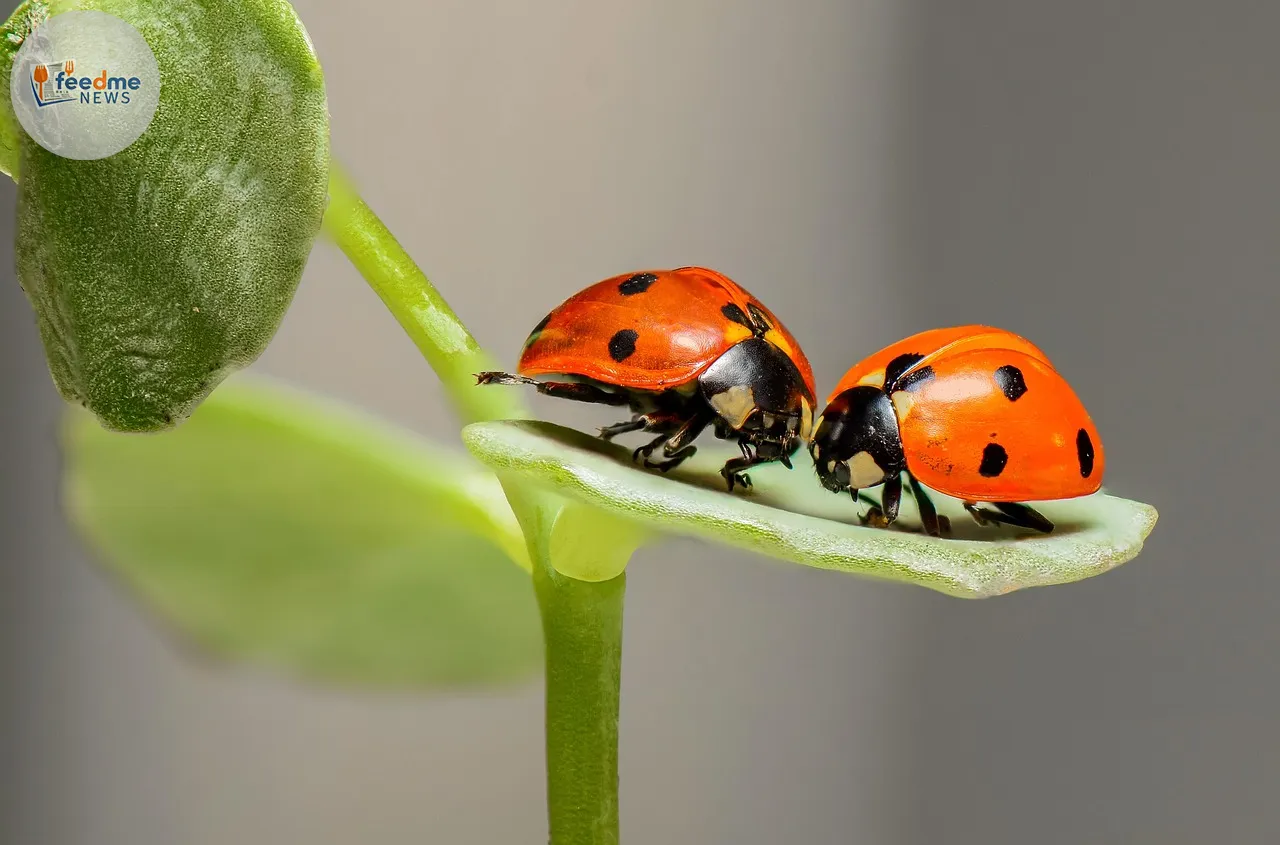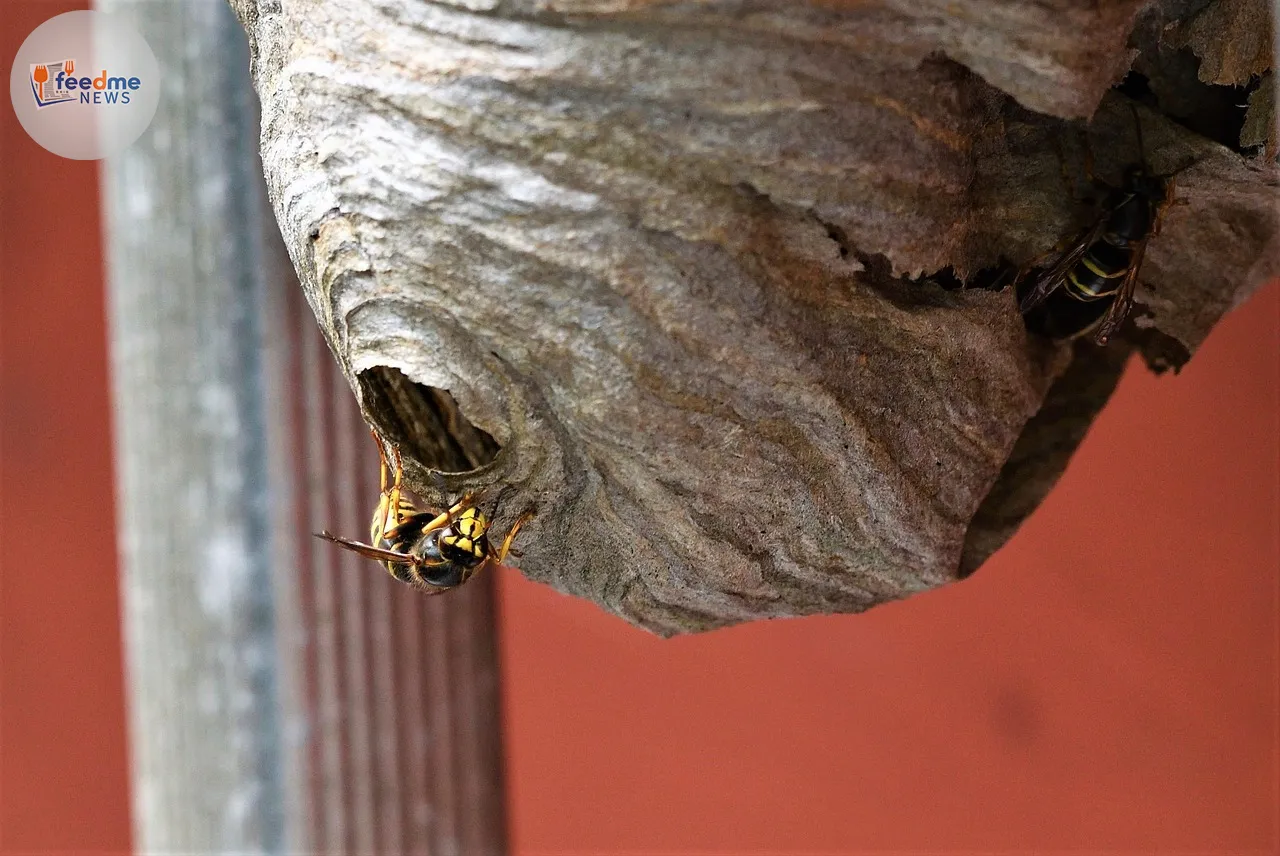Ladybirds, often seen as charming garden visitors, have become uninvited guests in homes across the UK. With an unusual rise in their population, these insects are swarming into residences, causing concern among homeowners. While ladybirds are beneficial in gardens, their presence indoors can be problematic. Fortunately, a simple solution costing just £1 from the fruit and veg aisle offers a practical way to deter these insects.
Unusual Ladybird Invasion Hits the UK
The UK is experiencing an unexpected ladybird invasion, with reports of these insects swarming into homes nationwide. This phenomenon is attributed to the warmer weather and changes in environmental conditions, which have led to a surge in the ladybird population. The insects, searching for warmth and shelter as temperatures fluctuate, are finding their way indoors through small crevices and open windows.

Dr. Lucy Evans, an entomologist at the University of Bristol, explains, “Ladybirds are typically garden allies, feeding on aphids and other pests. However, when they enter homes, they can become a nuisance due to their tendency to cluster in large numbers, especially in corners and around windows.”
The Citrus Solution: A Natural Deterrent
Homeowners looking for a cost-effective and environmentally friendly way to keep ladybirds out can turn to citrus fruits. The strong scent of citrus is known to repel ladybirds, making it an ideal natural deterrent. By placing peels of oranges, lemons, or limes near entry points, such as windowsills and door frames, homeowners can create a barrier that discourages ladybirds from entering.
Dr. Evans notes, “Citrus fruits release a strong odour that ladybirds find unpleasant. This method is not only economical but also avoids the use of chemical repellents, which can be harmful to the environment and other beneficial insects.”
Understanding the Ladybird Lifecycle
Ladybirds are most active during the warmer months when they breed and feed in gardens. As autumn approaches, they seek shelter to hibernate, often moving indoors. Understanding their lifecycle can help homeowners anticipate and prevent infestations.
According to the Royal Horticultural Society, ladybirds typically seek out warm, dry places for hibernation. They are attracted to light-coloured surfaces, which is why they often gather around windows and light fixtures. By sealing gaps and using deterrents like citrus, homeowners can reduce the likelihood of ladybirds settling indoors.
Practical Tips for Homeowners
In addition to using citrus peels, there are several other practical steps homeowners can take to prevent ladybird invasions. Ensuring that windows and doors are properly sealed and installing fine mesh screens can significantly reduce entry points. Regularly inspecting and maintaining the exterior of the home can also prevent ladybirds from finding their way inside.
For those who do find ladybirds indoors, gently collecting them using a soft brush and relocating them outside can help preserve these beneficial insects for garden use. It is important to avoid using pesticides indoors, as they can harm both ladybirds and other non-target species.
The Environmental Impact of Ladybird Control
While managing ladybird invasions is important for homeowners, it is also crucial to consider the environmental impact of control methods. Ladybirds play a vital role in controlling garden pests, and their presence is generally a sign of a healthy ecosystem. By opting for natural deterrents and humane relocation, homeowners can balance their need for a pest-free home with ecological considerations.
Dr. Evans emphasises, “Ladybirds contribute significantly to pest control in gardens, and their presence should not be entirely eliminated. By using natural methods, we can manage their indoor presence while supporting their beneficial role in the ecosystem.”
Looking Ahead: Preparing for Future Invasions
As climate patterns continue to change, the UK may experience more frequent and intense ladybird invasions. Homeowners can prepare by implementing preventive measures and staying informed about effective deterrent techniques.
By adopting natural and sustainable practices, the public can coexist with these garden allies while maintaining a comfortable living environment. As the UK navigates the challenges of changing insect populations, education and awareness will be key in managing future occurrences.
In summary, the ladybird invasion currently sweeping the UK highlights the delicate balance between welcoming beneficial insects into gardens and keeping them out of homes. With simple, cost-effective solutions like citrus deterrents, homeowners can effectively manage this challenge while supporting the broader ecological benefits that ladybirds provide.





